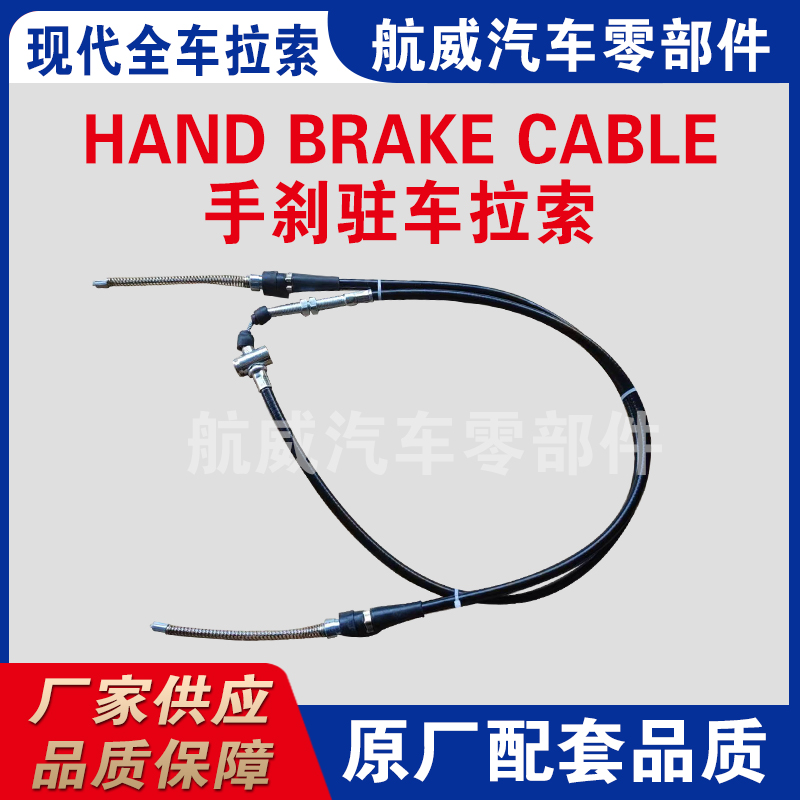Understanding the Functionality and Importance of Throttle Body Cables in Engine Performance
The Importance of Throttle Body Cables in Automotive Performance
In the intricate world of automotive engineering, each component plays a crucial role in ensuring optimal vehicle performance. Among these components, the throttle body cable is often overlooked, yet it directly affects how a vehicle responds to the driver's commands. In this article, we will explore the importance of throttle body cables, their functions, and their impact on automotive performance.
What is a Throttle Body Cable?
The throttle body cable, also known as the throttle cable, is a critical link between the accelerator pedal and the throttle body of an engine. When the driver presses the accelerator pedal, the throttle cable transmits this motion to the throttle body, which in turn controls the amount of air entering the engine. This process is vital for regulating engine power and responsiveness, and it plays a significant role in fuel efficiency and emissions management.
How Throttle Body Cables Work
Throttle body cables operate on a simple yet effective principle. When the accelerator pedal is depressed, it pulls on the throttle cable, which opens the throttle plate in the throttle body. This opening allows more air to flow into the engine, increasing power output. Conversely, when the accelerator pedal is released, the throttle spring pulls the throttle plate back to its closed position, reducing air intake and power.
In modern vehicles, many manufacturers have transitioned to electronic throttle control systems, which replace traditional cables with electronic sensors and actuators. While this transition has provided several advantages, such as improved responsiveness and precise control, the classic throttle body cable still plays a role in many older and performance-oriented vehicles.
Importance of Throttle Body Cables
1. Vehicle Responsiveness The throttle body cable is crucial for immediate response from the engine when the accelerator is pressed. A well-functioning cable ensures that the vehicle accelerates smoothly and predictably, providing the driver with a sense of control and confidence.
2. Performance Tuning Many automotive enthusiasts and tuners often upgrade or replace throttle body cables to achieve better performance. High-performance cables can reduce friction and enhance response times, making the vehicle feel more alive and eager to perform.
3. Reliability and Safety A worn or damaged throttle body cable can lead to erratic engine behavior, such as sudden acceleration or a lack of power when needed. Regular maintenance and inspection of the throttle cable can prevent potential safety hazards and ensure that the vehicle operates as intended.
throttle body cable

4. Efficiency and Emissions A properly functioning throttle body cable helps the engine maintain optimal air-fuel ratios. This not only results in better fuel efficiency but also minimizes harmful emissions, contributing to a cleaner environment.
Signs of Throttle Body Cable Issues
Understanding the signs of throttle body cable issues is essential for any vehicle owner. Common symptoms of a failing throttle body cable include
- Sticking or Stiff Pedal If the accelerator pedal feels sticky or unresponsive, it could indicate a problem with the cable.
- Erratic Acceleration Sudden surges in power or a lack of response when pressing the pedal can signal cable issues that need immediate attention.
- Unusual Noises Hearing strange sounds from the engine compartment when accelerating may suggest that the throttle cable is fraying or malfunctioning.
Maintenance and Replacement
Maintaining the throttle body cable requires regular inspection and lubrication. Depending on the vehicle and its usage, cables may need to be replaced every few years. When replacing a throttle body cable, it’s essential to choose a high-quality product designed for the specific vehicle model to ensure compatibility and optimal performance.
Conclusion
In summary, the throttle body cable is a small but vital component in the broader ecosystem of automotive performance. Its ability to translate the driver’s intentions into engine response makes it crucial for the overall driving experience. Regular maintenance, timely replacements, and understanding the signs of wear can help ensure that the vehicle not only performs well but remains safe and efficient on the road. Whether you drive a modern vehicle with electronic controls or an older model reliant on cables, paying attention to this component is essential for every car enthusiast.
-
Workings of Clutch Pipe and Hose SystemsNewsJun.04,2025
-
The Inner Workings of Hand Brake Cable SystemsNewsJun.04,2025
-
The Secrets of Throttle and Accelerator CablesNewsJun.04,2025
-
The Hidden Lifeline of Your Transmission Gear Shift CablesNewsJun.04,2025
-
Demystifying Gear Cables and Shift LinkagesNewsJun.04,2025
-
Decoding Clutch Line Systems A Comprehensive GuideNewsJun.04,2025
